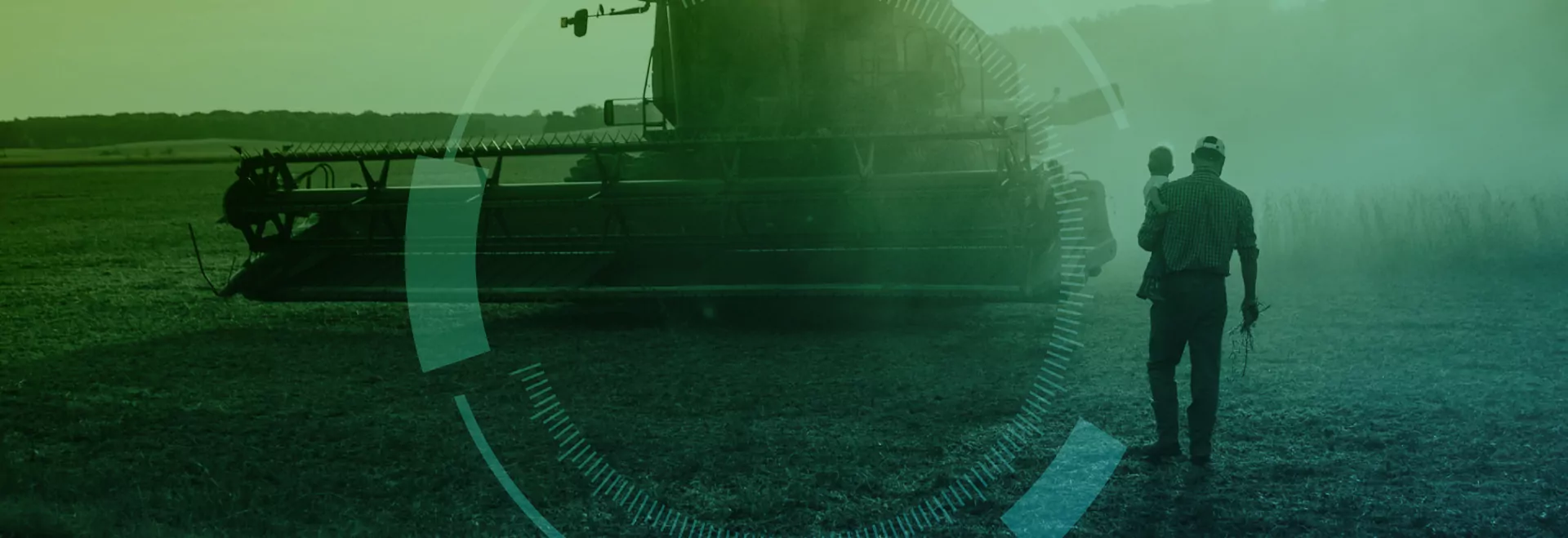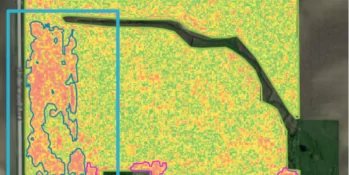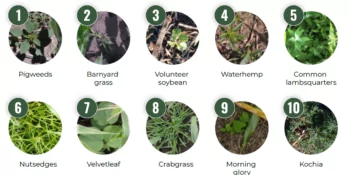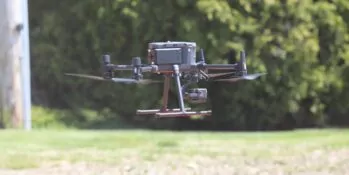


An equipment dealer in Mississippi was able to show the efficacy and value of their variable rate seeding and fertilizer program, which resulted in increased profitability for their customers.
In one example, the grower intended to leverage variable rate seed and fertilizer on a particular field, however, ultimately planted a fixed rate population of 34,000 plants per acre. Despite seeding at a fixed rate, the grower still decided to apply variable rate fertilizer.
“The equipment provider was able to see with Taranis Field Health Insights where the weak spots in the field were overpopulated and the more productive areas may have been under seeded,” said Hannah Vance, Taranis Customer Success Representative.

The advisor was able to engage the grower and emphasize the importance of catching a 100-acre mistake early and how it can truly impact the bottom line, as well as display the efficacy and value their services provide.
Vance added, “The dealer shared at the time their margins per acre were fairly low. With SmartScout insights for decision making, it pays 3-to-1 over the whole farm even if they only used Taranis on 10% of their acres—all from just simply catching a 100-acre mistake.”

With Taranis Field Health Insights, the agronomist was able to detect an above average anomaly area that had a higher vegetation index than the rest of the field—information he would not have been able to consider with traditional in-field scouting.

Digitally scouting millions of acres across the Midwest translates into millions of valuable data points and insights. This data sheds light on the type of crop threats that growers dealt with during the past season and what they might encounter over the next seasons. Here’s a snapshot of what we’ve seen in 2022.

From wet-weather spraying to timely scouting, drones are not only proving their efficacy but paving a path for rural entrepreneurship and the next generation on the farm.